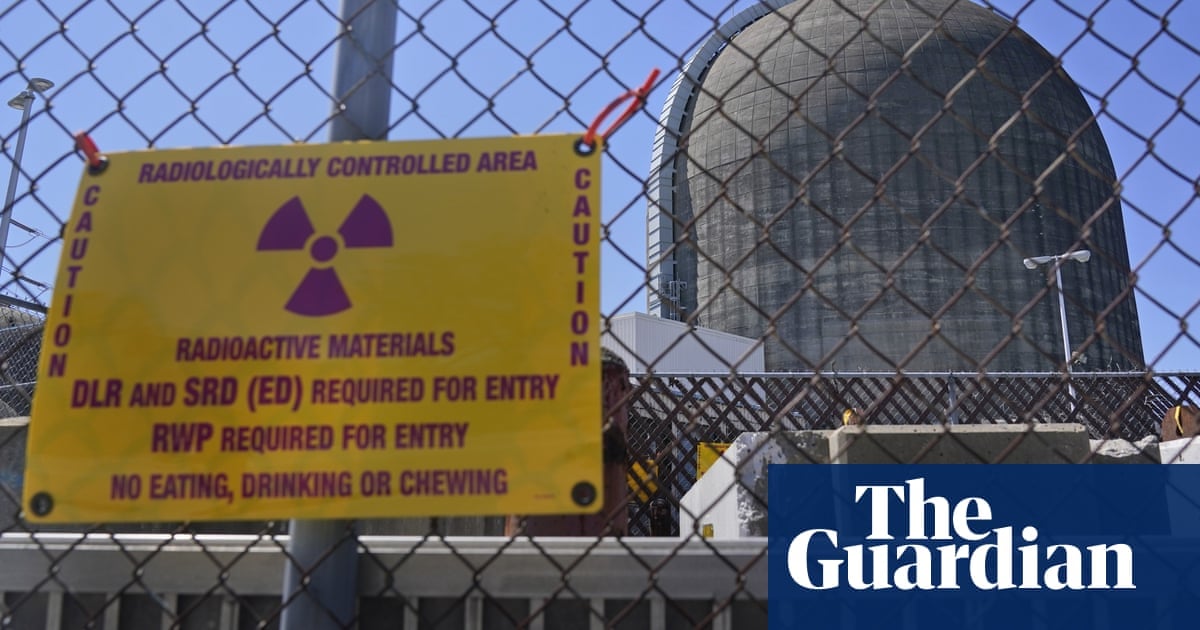Shuttering of New York facility raises awkward climate crisis questions as gas – not renewables – fills gap in power generation
When New York’s deteriorating and unloved Indian Point nuclear plant finally shuttered in 2021, its demise was met with delight from environmentalists who had long demanded it be scrapped.
But there has been a sting in the tail – since the closure, New York’s greenhouse gas emissions have gone up.
Castigated for its impact upon the surrounding environment and feared for its potential to unleash disaster close to the heart of New York City, Indian Point nevertheless supplied a large chunk of the state’s carbon-free electricity.
Since the plant’s closure, it has been gas, rather then clean energy such as solar and wind, that has filled the void, leaving New York City in the embarrassing situation of seeing its planet-heating emissions jump in recent years to the point its power grid is now dirtier than Texas’s, as well as the US average.



Well there are plenty of rational arguments against nuclear. Its very expensive and time consuming to build, so its better to build renewables that can start generating power in a couple of months vs at least a decade for nuclear.
Then they are actually pretty significantly more polluting than renewables due to the amount of concrete they use. And decommissioning them is a costly and expensive process that also releases a lot of carbon. And theres only one permanent storage facility in the world for nuclear waste. And theres the fact that due to needing a constant and highly skilled workforce, they need to be near population centres but far enough away that people feel safe, which makes it hard to plan.
And also specifically for the reactors mentioned in the article, they were built in the 60s, they are not nearly as safe as modern reactors.